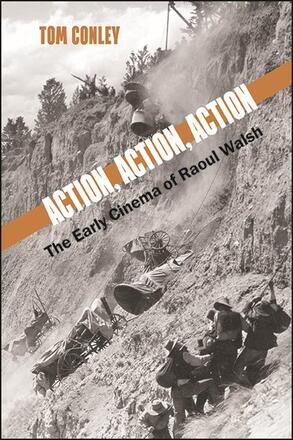
Action, Action, Action
The Early Cinema of Raoul Walsh
Alternative formats available from:
Studies the force of action, motion, and vision in the early cinema of Hollywood director Raoul Walsh.
Description
Director of over 150 films from 1912 to 1964, Raoul Walsh was a core figure in Hollywood from its beginnings to the end of the studio system. Perhaps best known for such films as The Big Trail (starring John Wayne in his first leading role), High Sierra, and White Heat, Walsh cut his teeth under D. W. Griffith, and, like his contemporary John Ford, found a style and signature in his silent cinema and early talkies. Through close analysis of seven of his films, six shot between 1915 and 1933 and one a remake from 1956, and stressing the visual character of their settings and situations, Tom Conley examines how composition and montage—or action—often overtake the crisp narratives these films convey. Rife with contradiction, they ask us to see what makes them possible and how they contend with prevailing codes. Films discussed include Regeneration (1915); Sadie Thompson (1928) and a likely avatar, The Revolt of Mamie Stover (1956); The Cock-Eyed World (1929); The Big Trail (1930); Me and My Gal (1932); and The Bowery (1933).
Tom Conley is Abbott Lawrence Lowell Professor in the Departments of Art, Film, and Visual Studies and Romance Languages and Literature at Harvard University. His many books include Film Hieroglyphs: Ruptures in Classical Cinema; An Errant Eye: Poetry and Topography in Early Modern France; and Cartographic Cinema.
Reviews
"This is an extraordinary addition to silent and early sound film history. Conley has selected a group of films for investigation that—with the exception of The Revolt of Mamie Stover—are from the early stages of Walsh's career and have received, as far as I am aware, limited critical attention. Every chapter contains valuable discoveries, close readings of images, writing invasions of the visual realm, the cartographies of film space, and ample references to other filmmakers and writers whose work exhibits suggestive parallels with Walsh's own." — George Toles, author of Curtains of Light: Theatrical Space in Film